Mistwalker
Gold Member
- Joined
- Dec 22, 2007
- Messages
- 19,099
I need to preface this with always, ALWAYS, do your own in research on anything regarding wild edible and wild medicinal plants. Food allergies is one thing to take into consideration. Missuse, or overuse of any plant that has biologically medicinal properties ( not just nutritionally medicinal properties ) can be hazardous to one's health and even deadly with some plants. And here in the south, in God's gardens, the foods and medicines are all intermixed with each other, as you will see in this post.
One of my favorite parts of studying wild edible and medicinal plants, is learning to differentiate between similar but different plants in the same plant family. And how they can look so much alike but have such very different effects on the body and mind, that they sometimes challenge us to pay very close attention to their details for our own safety or the safety of others involved
In this case these two plants are in the Asteraceae, or Daisy, family of plants.
Dandelions,
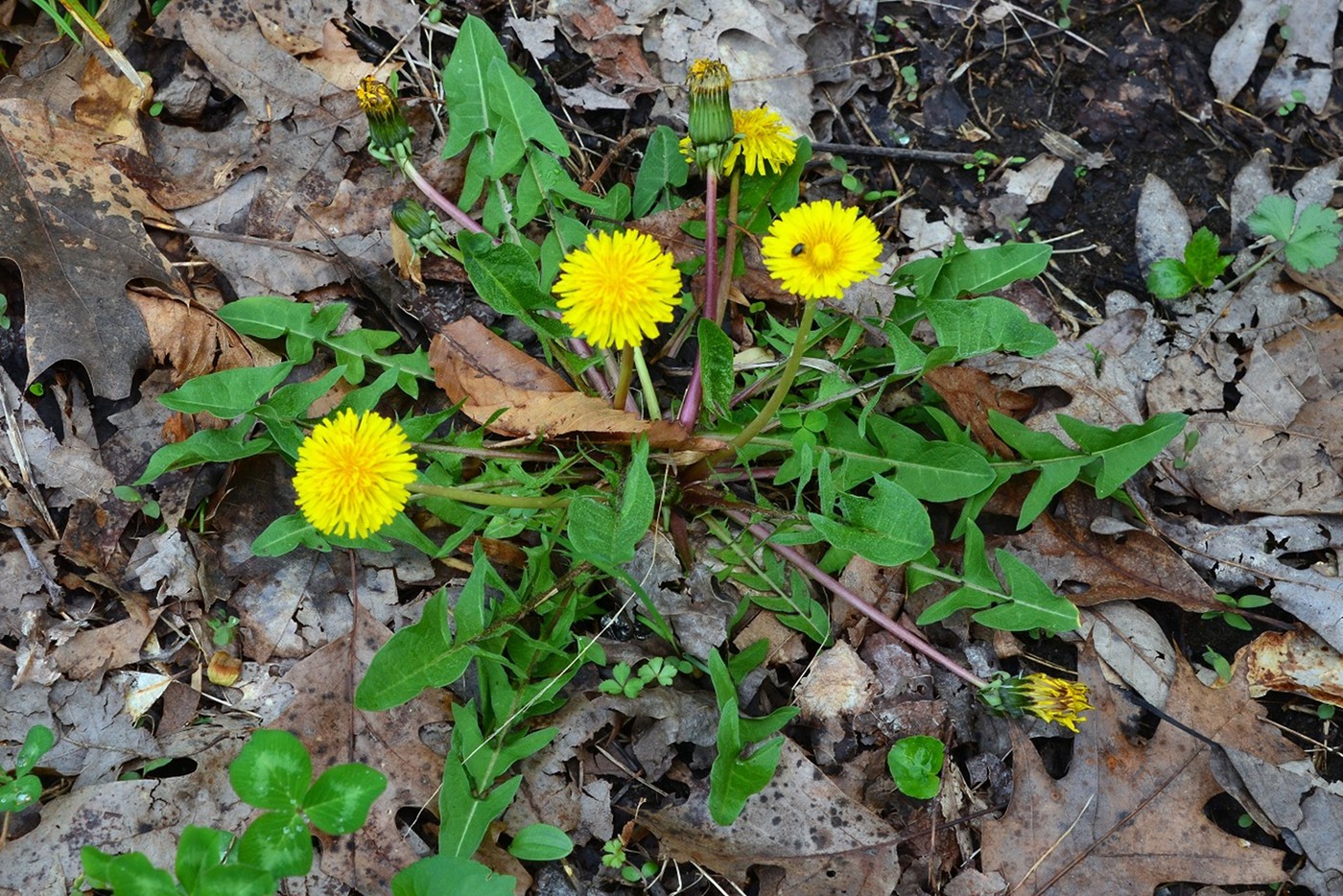 [/URL]
[/URL]
Dandelions can have all of the stages of flower growth on the same plant at the same time as they produce a lot of flowers. Which makes them so prolific we can get rid of them no matter what we do, which considering their value as food and medicine is a good thing
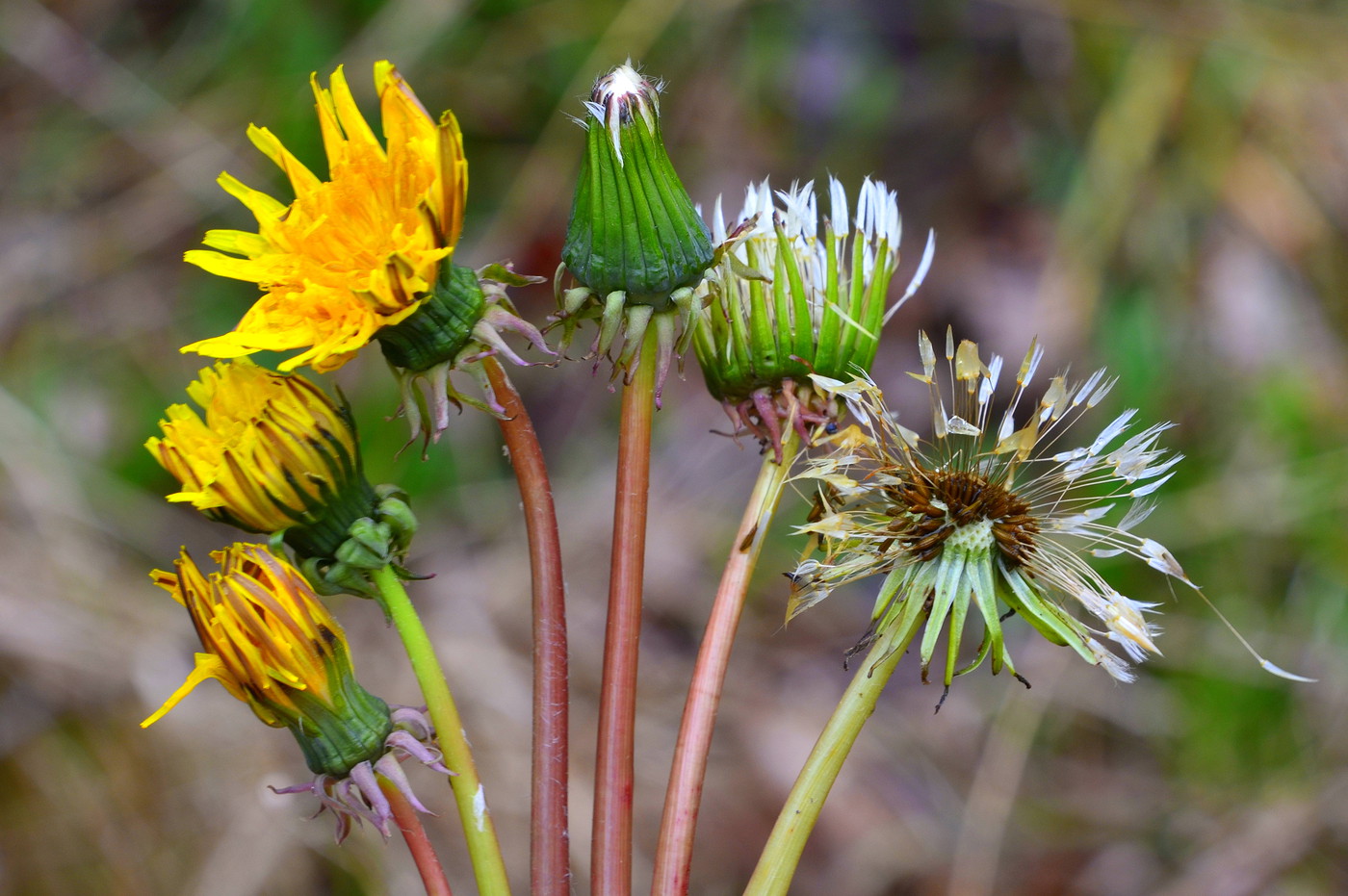
The flowers of which you see can grow tall to get above the other plants, and will even grow laterally for a while before turning upward if hindered by fallen debris or other plants or just wind blown with no other plants for support, like the one below
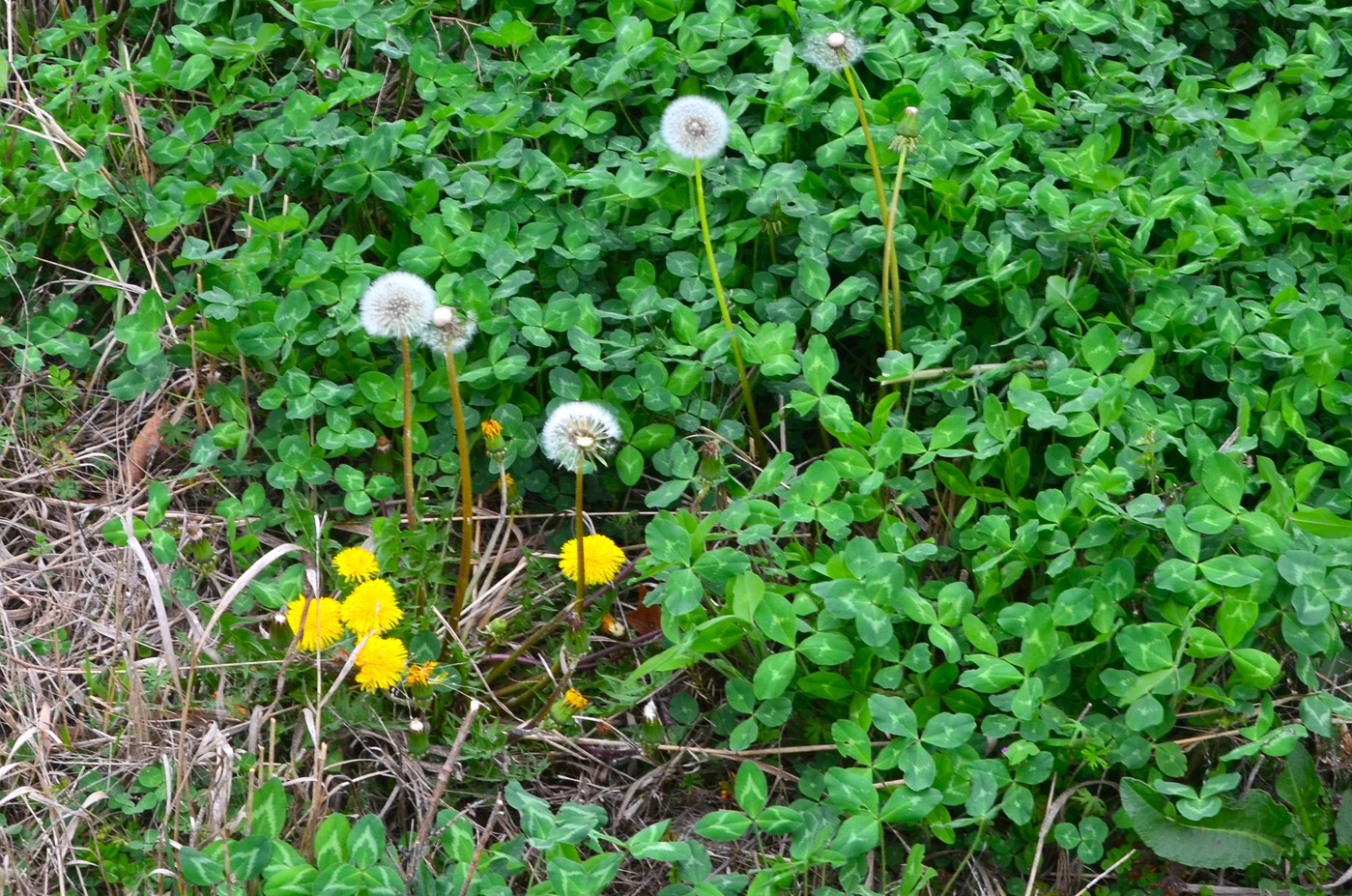
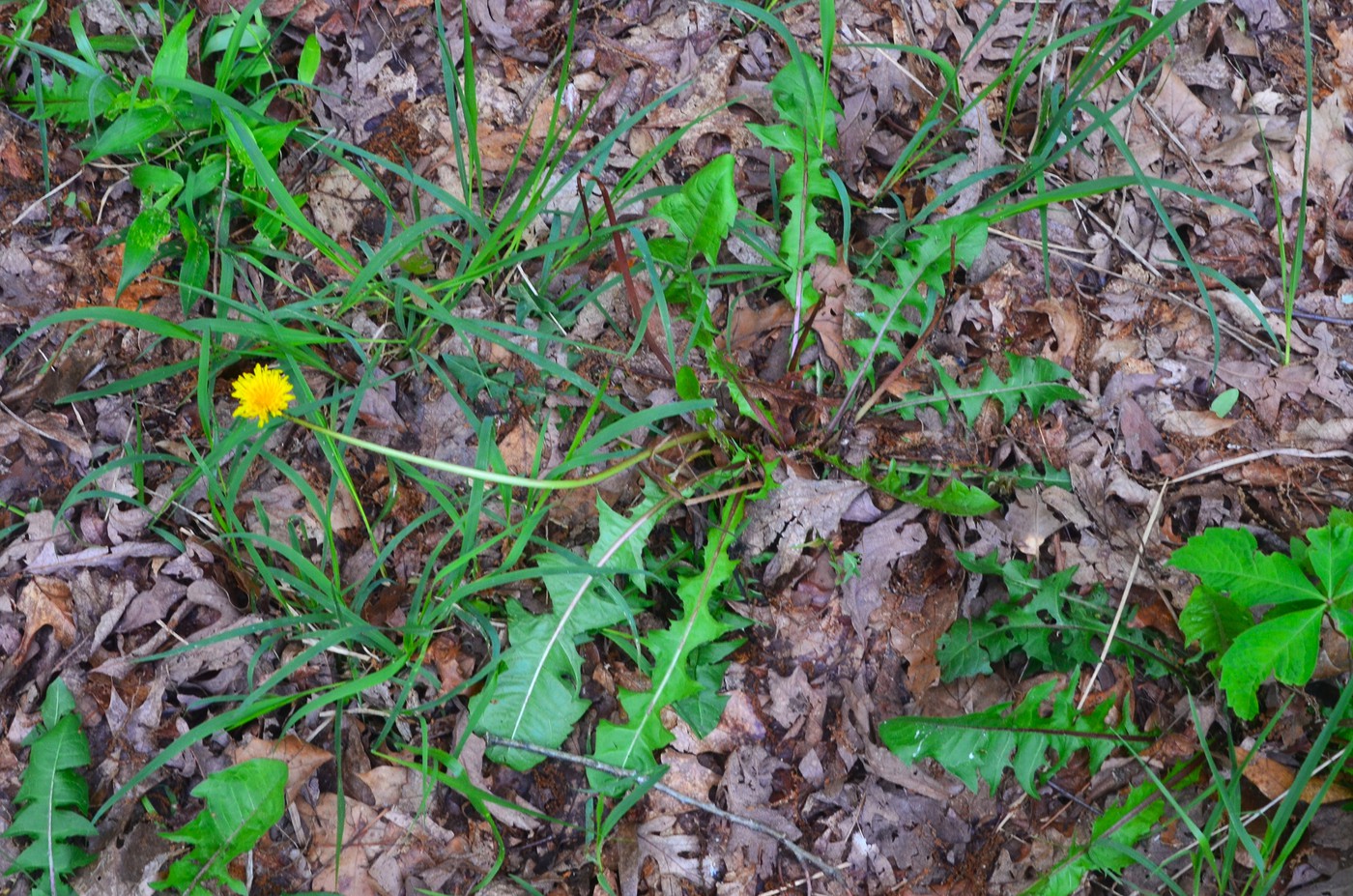
Dandelions often grow side by side with other members of the Daisy family, in this case wild lettuce
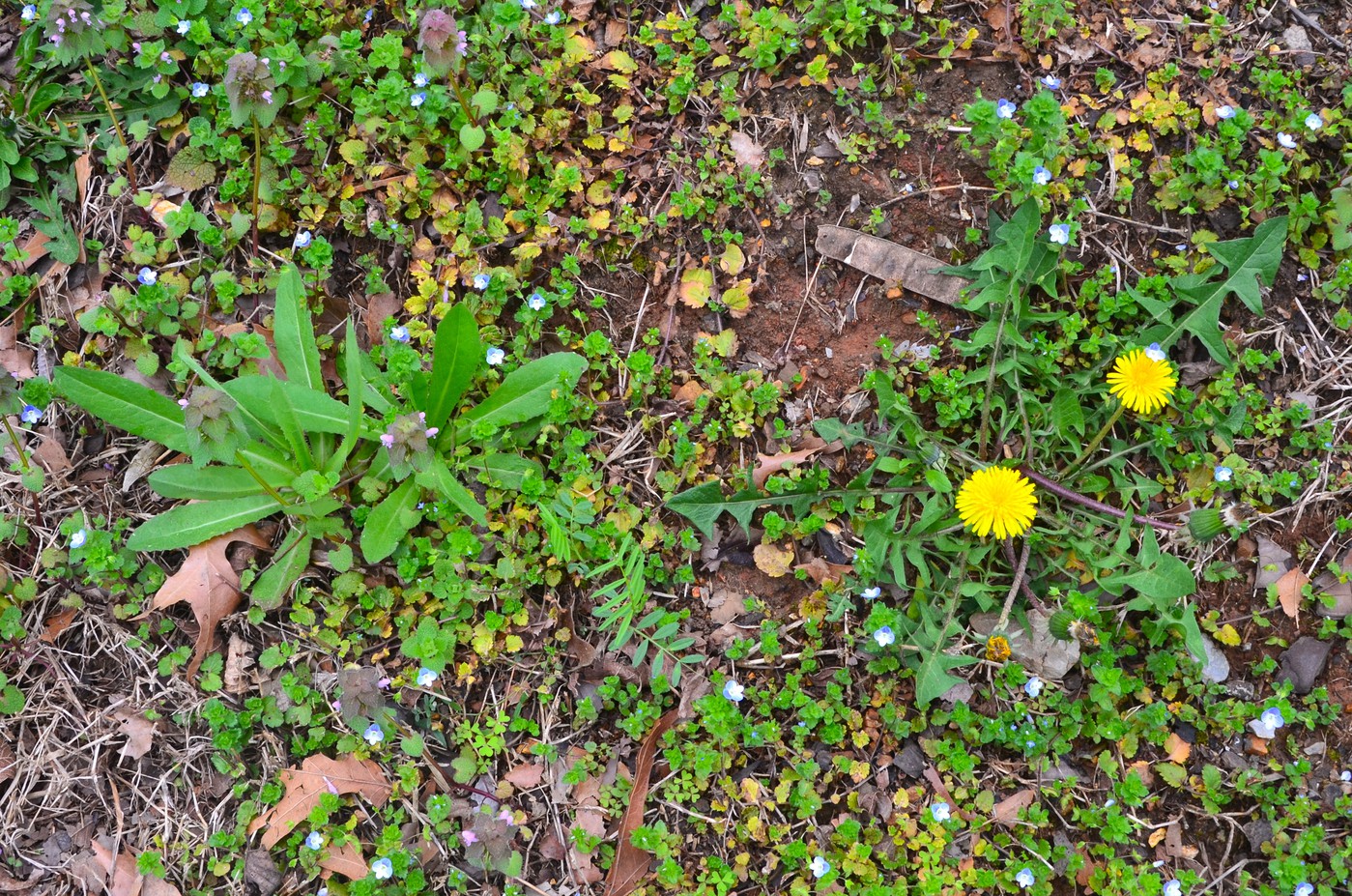
Sometimes they grow so close together, to the inexperienced eye, they can look like one single plant. In this case it's a dandelion flowers growing up through a Lactuca Floridana specimen of wild lettuce, making it look like a giant Dandelion
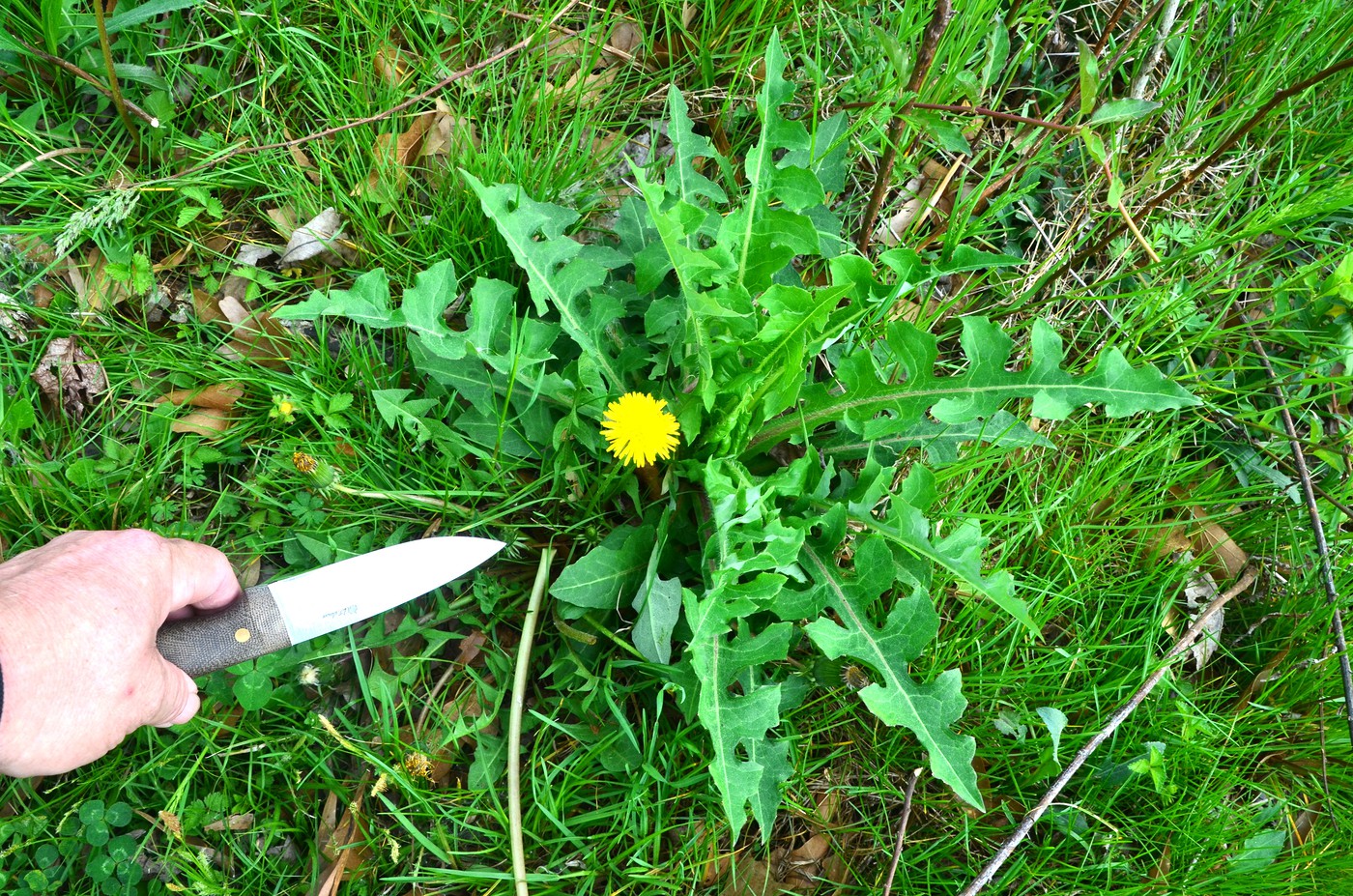
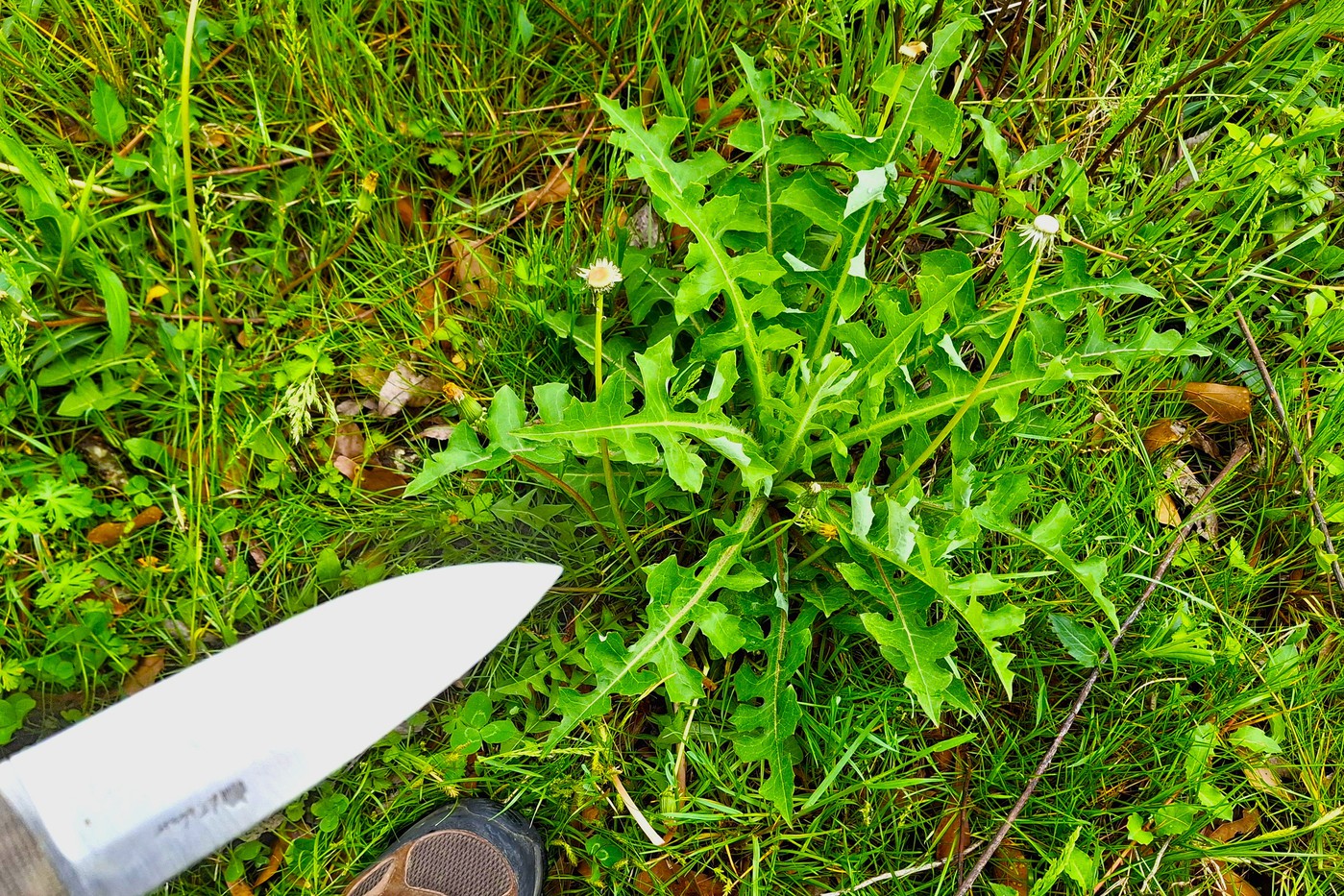
However, if you look closer and look at the bases of the plants, you will see it isn't a giant dandelion at all, there are two distinctly different rosettes, and it is just a mature dandelion plant's flowers growing up through the early growth of a Lactuca Floridana plant.
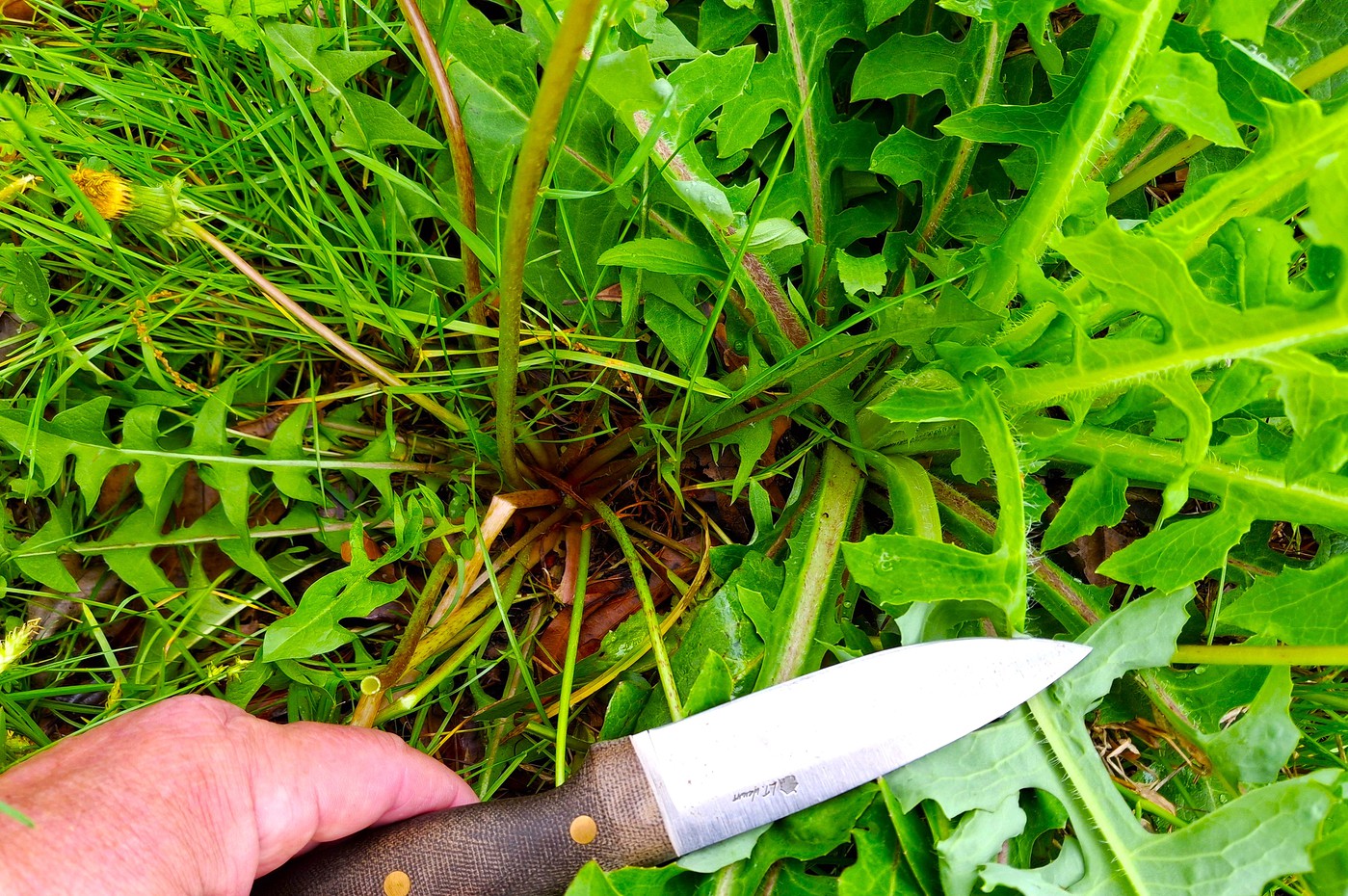 [/URL]
[/URL]
One key difference between Dandelions and Lactuca plants is in their leaves. Dandelion leaf stems are semicircular and smooth, while Lactuca leaves are triangular shaped and have spines on the center of the ridge, hence one of the common names being "Prickly Lettuce" In this case the prickles are on the underside of the Lactuca Floridana plant in the other images

In these images, it's a more mature Dandalion leaf side by side with a Lactuca Virosa Leaf to show the difference in structure. The Dandilion leaf is always the one on the lower / left part of the image. The one with the purple color in the stem.
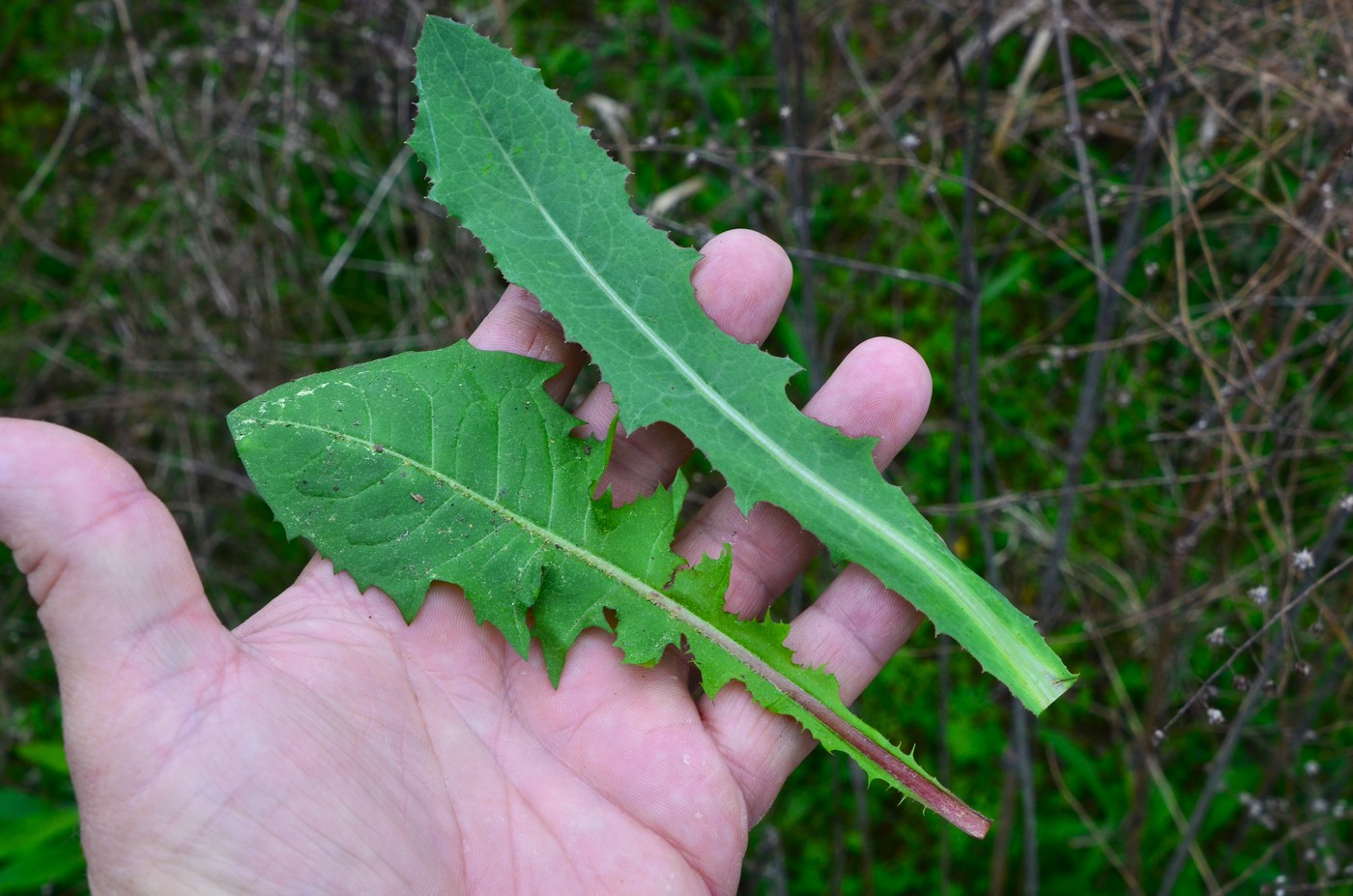
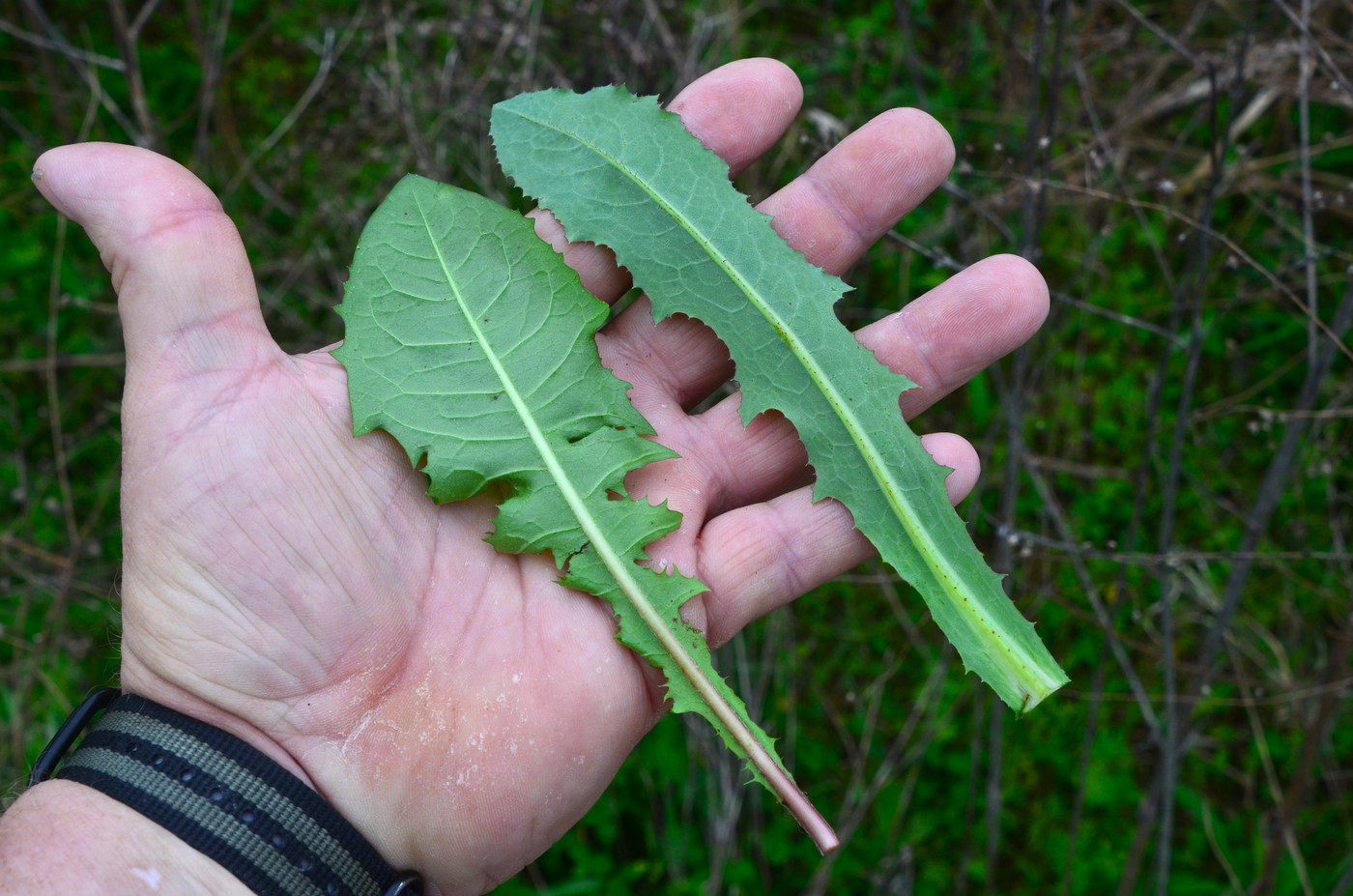
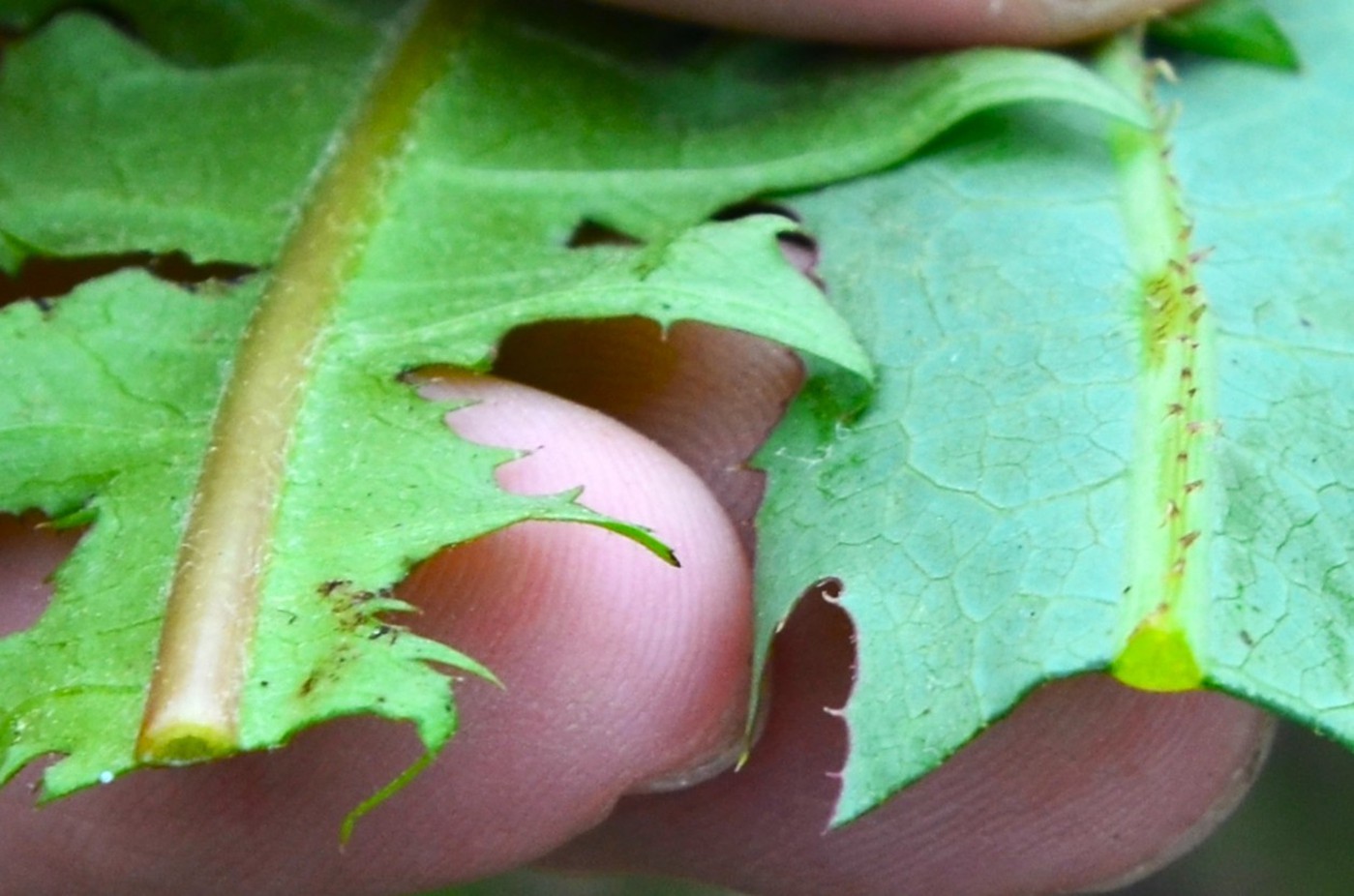
Mature Dandelions flower from the rosette from ground level with their leaves, as shown above.
Whereas the wild lettuce flowers grow from the top of their much taller stalk, which most people refer to simply milkweed, often not knowing just how many varieties of milkweeds there are. So even though their flowers themseves are similar in structure and color, it is only in the early stages they can look so similar,



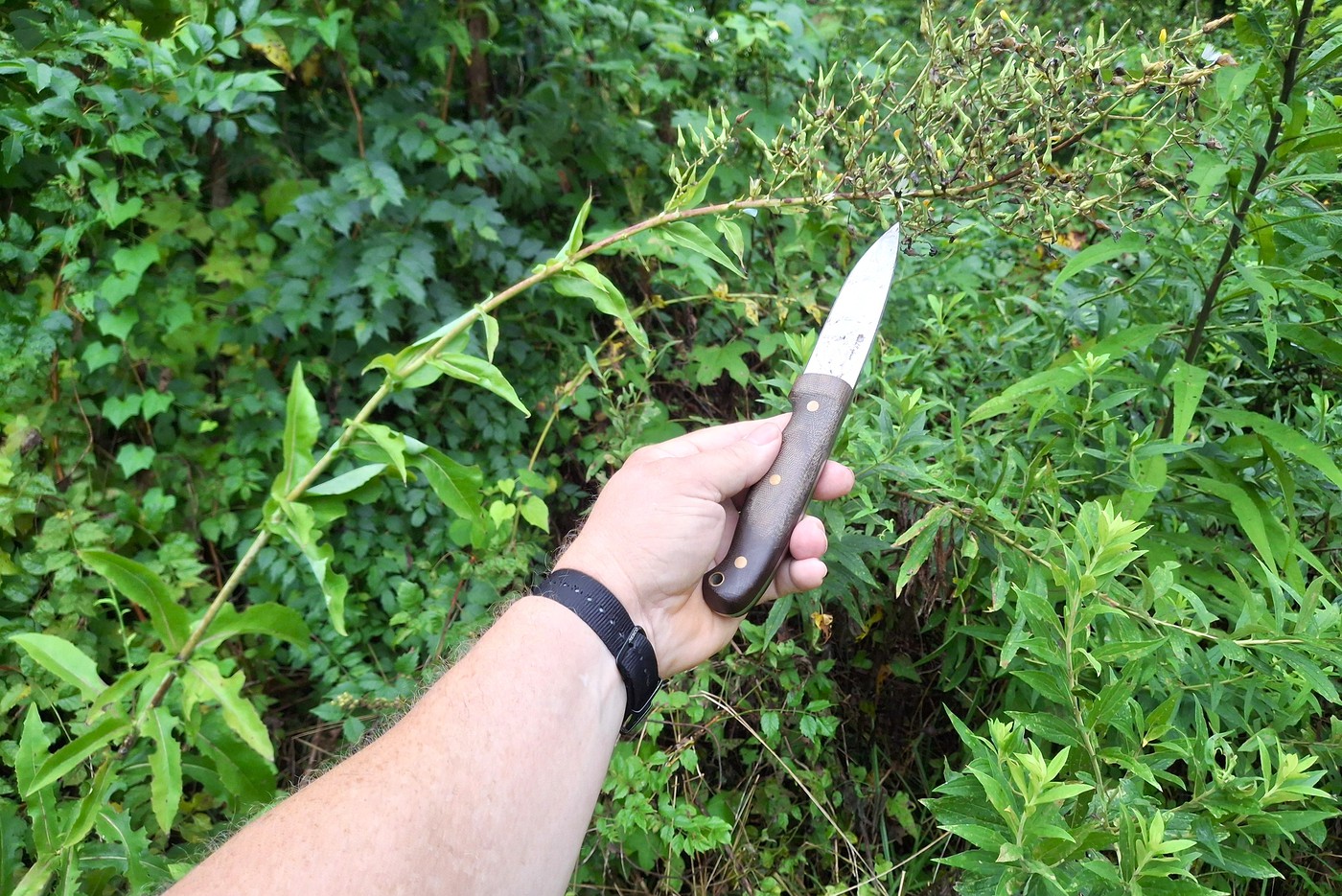
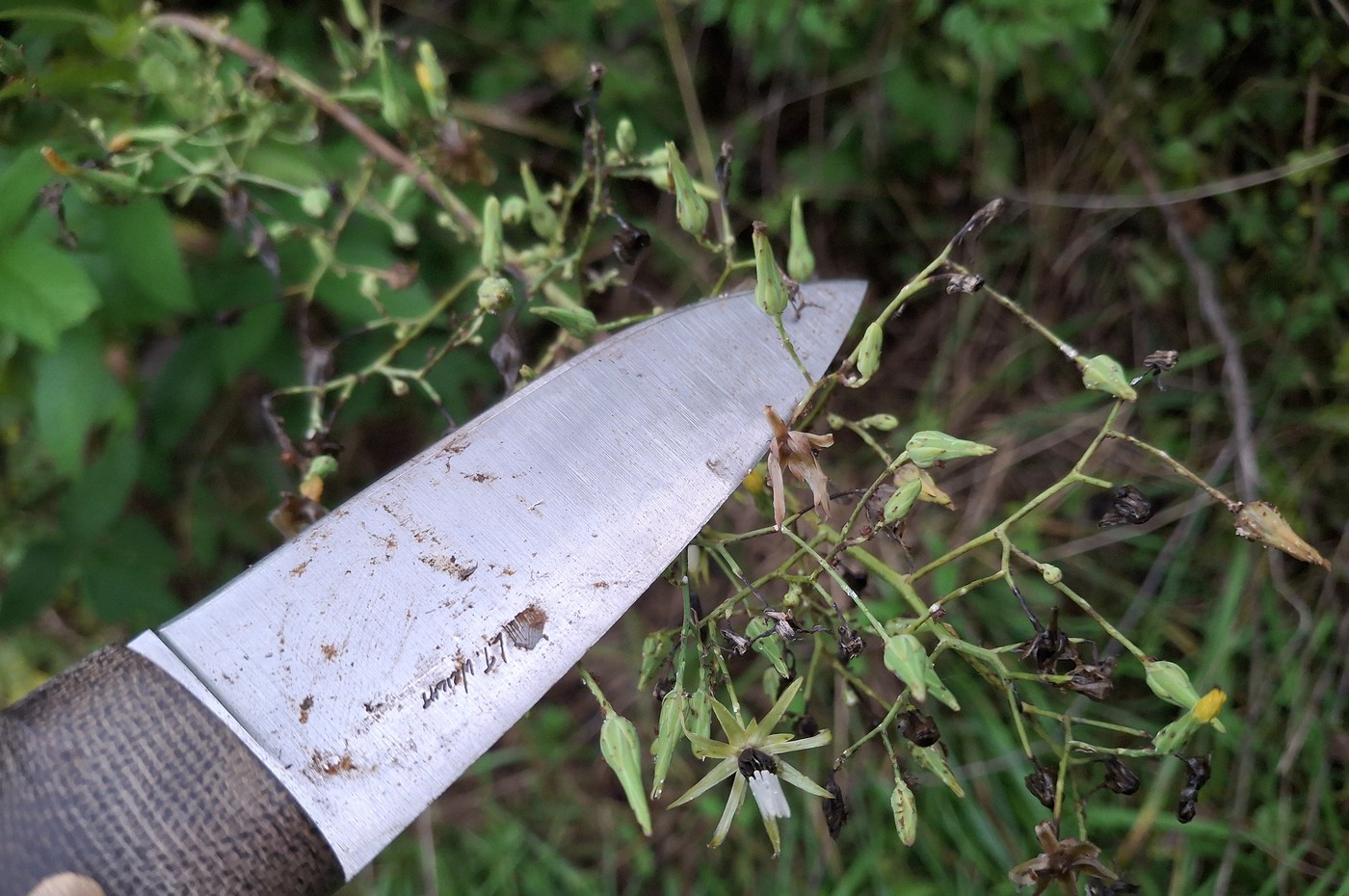

The reason is is important to be able to distinguish between them when foraging for food is that while literally all of the Dandelion plant is edible, leaves, flowers, roots, and seeds, and can be consumed regularly
While even in the early stages, all Lactuca plants; L. Floridana, L. Virosa, L. Canadensis, L. Serriola etc. contain Lactucarium in their stalks and leaf stems. And if eaten as a food source, can create an unexpected or unwanted intoxication (notice the middle word in intoxication is toxic) and it can build up toxicity in the system and make one nauseas, very ill, or even worse.
Luckily the lactucarium tastes very bitter and will let you know it's not a Dandelion
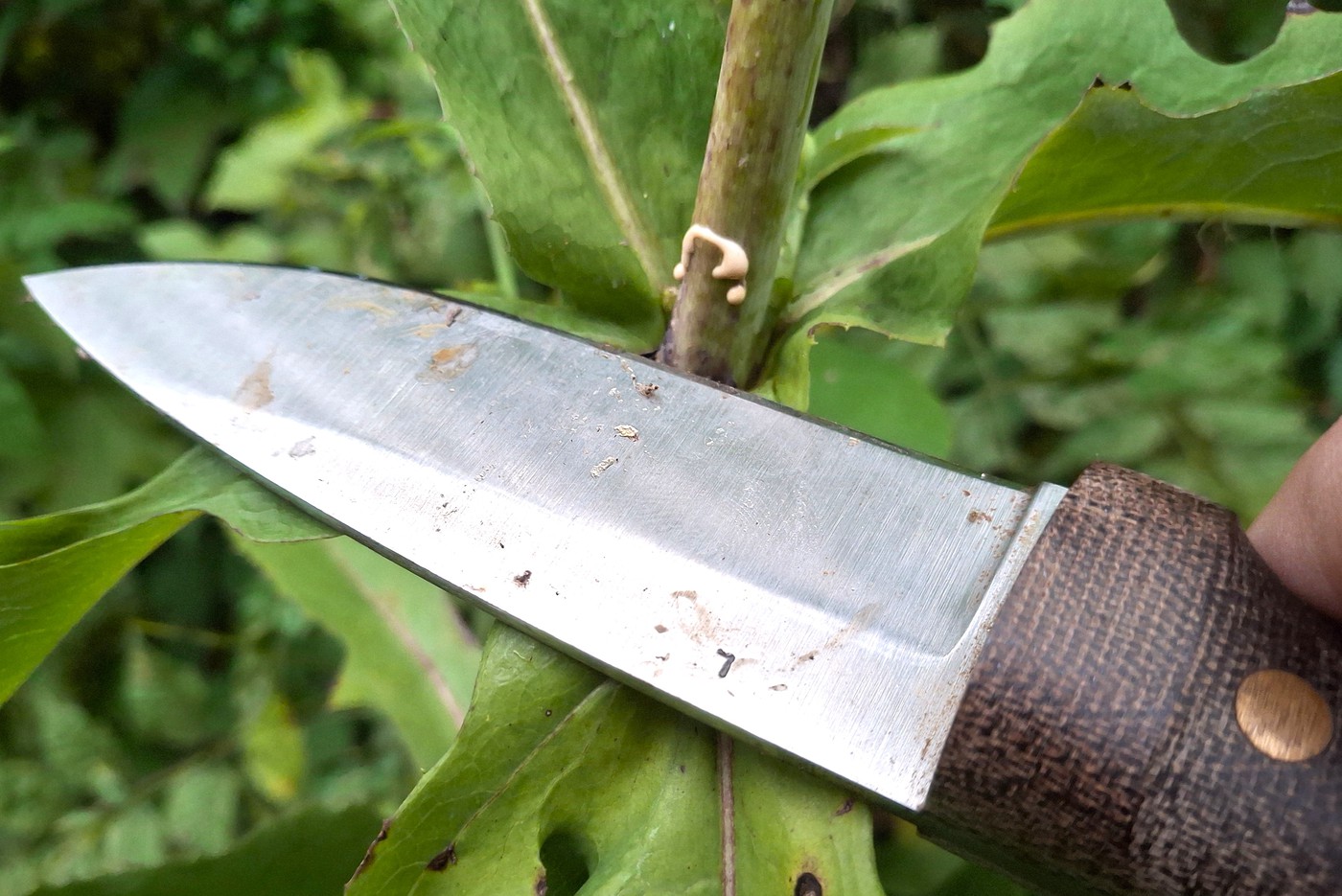
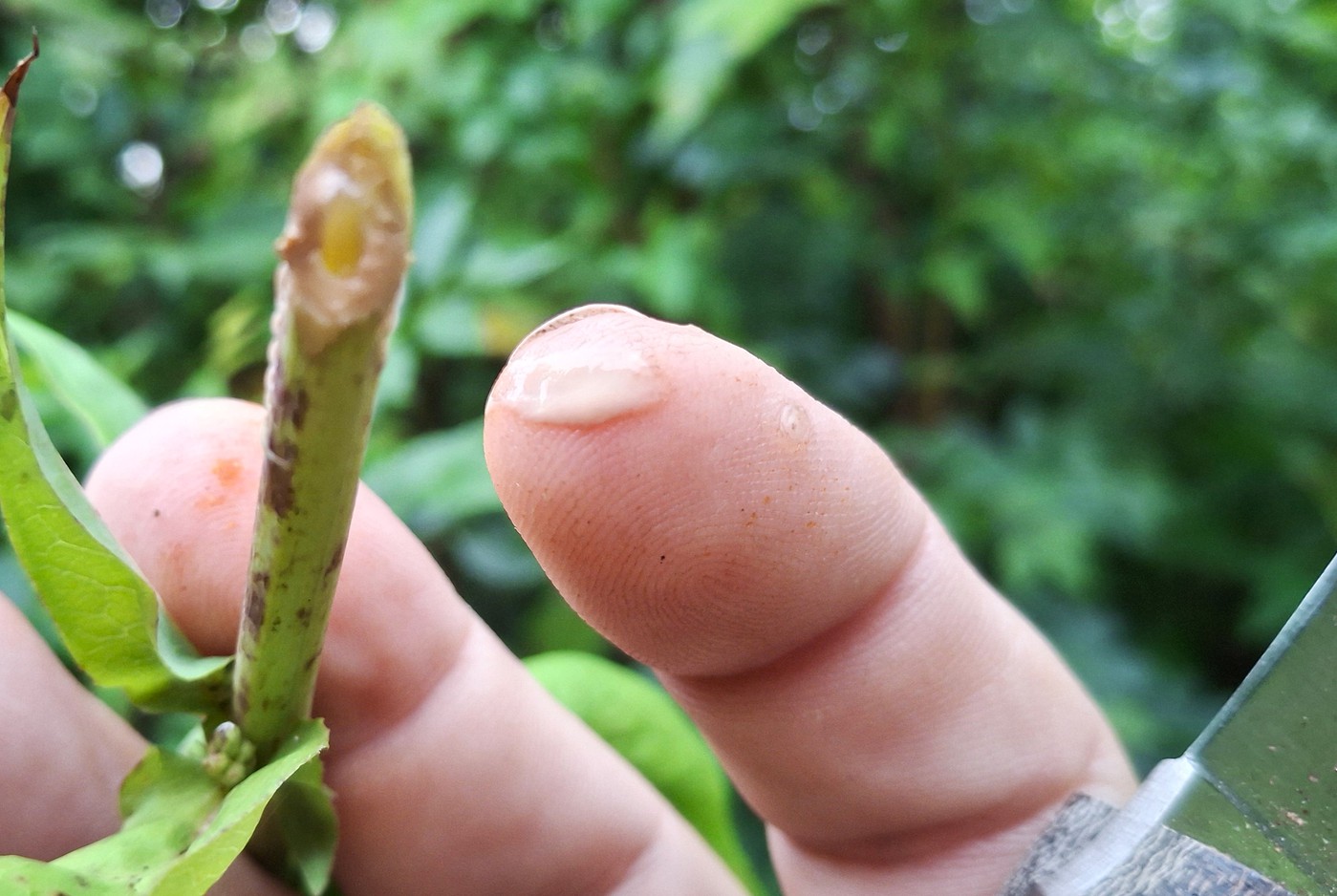
Wild Lettuce is called "Opium Lettuce" for a reason. The Lactucarium has been used historically as a pain medicine for people with severe wounds. During the American Civil War field doctors and surgeons would even prepare the lactucarium like opium and give it to their patients before and after amputations, because while not as potent as opium, it was the strongest pain medicine they had available in the field where it grows abundantly here in the south. It is not a plant to trifle with or take lightly.
.
One of my favorite parts of studying wild edible and medicinal plants, is learning to differentiate between similar but different plants in the same plant family. And how they can look so much alike but have such very different effects on the body and mind, that they sometimes challenge us to pay very close attention to their details for our own safety or the safety of others involved
In this case these two plants are in the Asteraceae, or Daisy, family of plants.
Dandelions,

Dandelions can have all of the stages of flower growth on the same plant at the same time as they produce a lot of flowers. Which makes them so prolific we can get rid of them no matter what we do, which considering their value as food and medicine is a good thing

The flowers of which you see can grow tall to get above the other plants, and will even grow laterally for a while before turning upward if hindered by fallen debris or other plants or just wind blown with no other plants for support, like the one below


Dandelions often grow side by side with other members of the Daisy family, in this case wild lettuce

Sometimes they grow so close together, to the inexperienced eye, they can look like one single plant. In this case it's a dandelion flowers growing up through a Lactuca Floridana specimen of wild lettuce, making it look like a giant Dandelion


However, if you look closer and look at the bases of the plants, you will see it isn't a giant dandelion at all, there are two distinctly different rosettes, and it is just a mature dandelion plant's flowers growing up through the early growth of a Lactuca Floridana plant.

One key difference between Dandelions and Lactuca plants is in their leaves. Dandelion leaf stems are semicircular and smooth, while Lactuca leaves are triangular shaped and have spines on the center of the ridge, hence one of the common names being "Prickly Lettuce" In this case the prickles are on the underside of the Lactuca Floridana plant in the other images

In these images, it's a more mature Dandalion leaf side by side with a Lactuca Virosa Leaf to show the difference in structure. The Dandilion leaf is always the one on the lower / left part of the image. The one with the purple color in the stem.



Mature Dandelions flower from the rosette from ground level with their leaves, as shown above.
Whereas the wild lettuce flowers grow from the top of their much taller stalk, which most people refer to simply milkweed, often not knowing just how many varieties of milkweeds there are. So even though their flowers themseves are similar in structure and color, it is only in the early stages they can look so similar,






The reason is is important to be able to distinguish between them when foraging for food is that while literally all of the Dandelion plant is edible, leaves, flowers, roots, and seeds, and can be consumed regularly
While even in the early stages, all Lactuca plants; L. Floridana, L. Virosa, L. Canadensis, L. Serriola etc. contain Lactucarium in their stalks and leaf stems. And if eaten as a food source, can create an unexpected or unwanted intoxication (notice the middle word in intoxication is toxic) and it can build up toxicity in the system and make one nauseas, very ill, or even worse.
Luckily the lactucarium tastes very bitter and will let you know it's not a Dandelion


Wild Lettuce is called "Opium Lettuce" for a reason. The Lactucarium has been used historically as a pain medicine for people with severe wounds. During the American Civil War field doctors and surgeons would even prepare the lactucarium like opium and give it to their patients before and after amputations, because while not as potent as opium, it was the strongest pain medicine they had available in the field where it grows abundantly here in the south. It is not a plant to trifle with or take lightly.
.
